
This logo isn't an ad or affiliate link. It's an organization that shares in our mission, and empowered the authors to share their insights in Byte form.
Rumie vets Bytes for compliance with our
Standards.
The organization is responsible for the completeness and reliability of the content.
Learn more
about how Rumie works with partners.
Imagine you're in an English-speaking city, and you're trying to find new places. You have Google Maps to help, but you're still not 100% confident. The language barrier makes it hard to ask for help.
Is this a problem for you?
We'll use Canada's biggest city, Toronto, as an example to learn words and phrases for taking public transit. We'll take a "fake" trip together between two places in that city.
 Photo by Rachael Annabelle on Unsplash
Photo by Rachael Annabelle on UnsplashWe will study these words and phrases:
station
platform
take the bus/train
bus stop
fare
transfer
free transfer
ticket
Step One: Starting the Trip
 Photo by Tim Gouw on Unsplash
Photo by Tim Gouw on UnsplashYou start the day by seeing Toronto's famous CN Tower, and you want to visit an old friend who studies at Humber College.
Google Maps shows you this:
 Image created by the author using Google Maps
Image created by the author using Google Maps
Simple enough, right? But you might need to ask for help getting started.
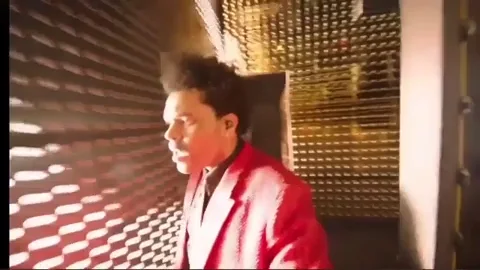
Read the steps below and look at the pictures. See if you can guess what the words in bold mean.
From the street, you'll want to ask where the subway station is.
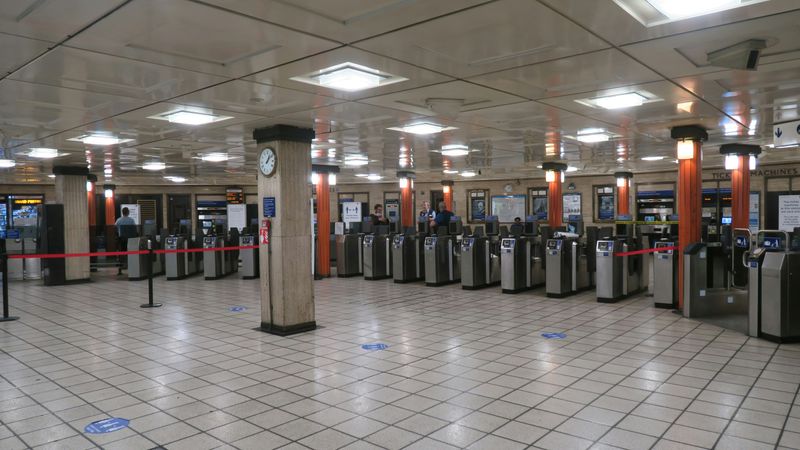 Photo by K HOWARD on Unsplash
Photo by K HOWARD on UnsplashTo get to the trains, you should ask a subway employee how much the fare is.
 Photo by PiggyBank on Unsplash
Photo by PiggyBank on UnsplashLastly, to take the train, you'll need to find the train's platform.
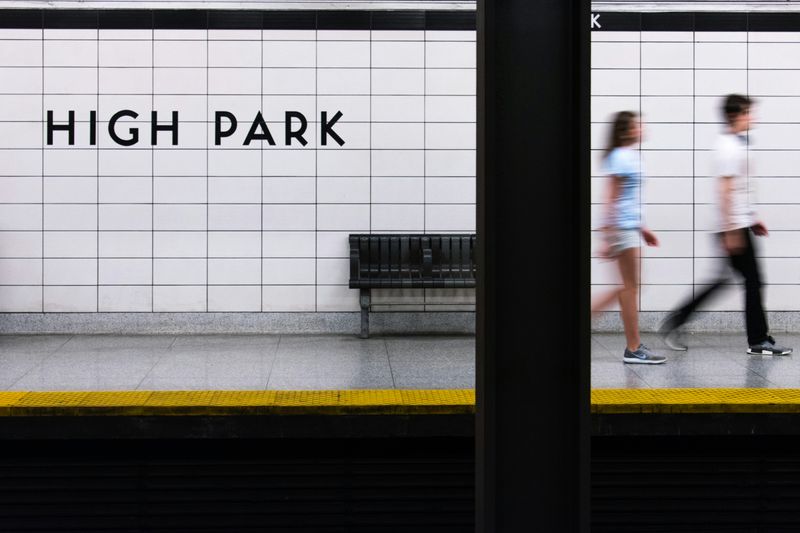 Photo by Csaba Pap on Unsplash
Photo by Csaba Pap on UnsplashQuiz
What is the difference between a platform and a station? Select all correct answers:
A subway station has many areas (staircases, entrances, bathrooms etc.), but the platform is the main part you want to go to. But if you ask someone where the station is when you're inside the building, they'll just say you're already there!
Did you know?
You can say you "take" or "ride" a bus or train. If you want to sound more exciting, you say "catch" it to show you were almost late!
Step Two: Making Transfers
Be sure to listen to the announcements so you don't miss your station. You'll have to transfer from this subway line, the yellow one, to the green one.
 Image created by the author using Google Maps
Image created by the author using Google Maps
Ask for directions to the platform for the green subway line.
Take that train until you have to transfer to the bus.
 Image created by the author using Google Maps
Image created by the author using Google Maps
Ask someone where the bus stop is.
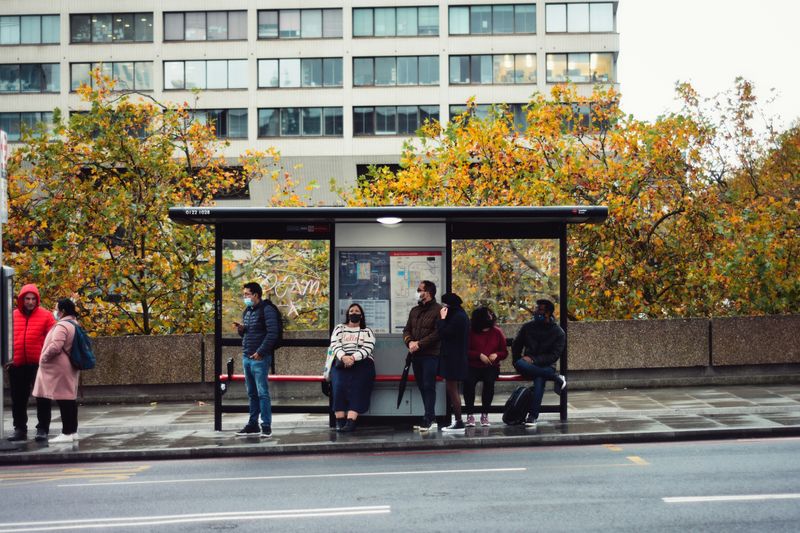 Photo by Sandy Ravaloniaina on Unsplash
Photo by Sandy Ravaloniaina on UnsplashYou should ask the driver if you can make a free transfer between the subway and the bus by showing your ticket or other proof of payment. If not, you may need to pay extra fare.
Get on the bus!
Quiz
Which is the most natural way to ask for directions to the bus stop?
Treat "bus stop" as one word, a place. A bus station is a different thing (it's where all the buses go, especially when they're not being used).
Did you know?
Use "on" if you can walk around in a vehicle (buses, trains, subways, etc.) and "in" if you can't (cars, trucks, taxis, etc.)
Step Three: The Last Stop
You're almost there!
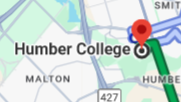 Image created by the author using Google Maps
Image created by the author using Google Maps
Tell the bus driver the name of your stop so you don't miss it.
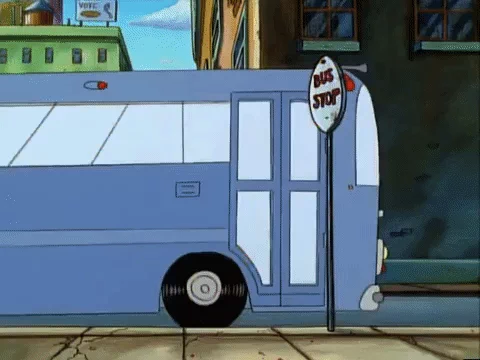
Some stops don't have a shelter,so they're easy to miss, such as this one:
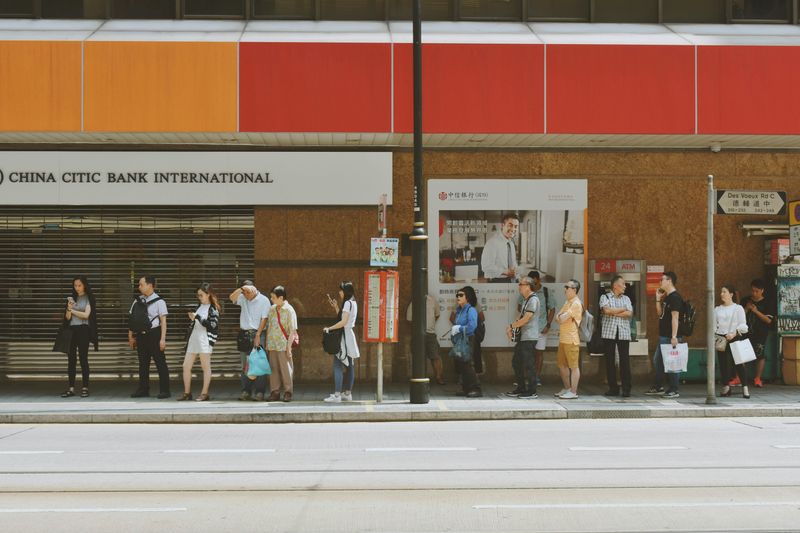 Photo by Lumi W on Unsplash
Photo by Lumi W on UnsplashIf you miss your stop, you'll have to wait until the next stopbefore you can get off.
Quiz
When talking about buses, the term "stop" has which two meanings?
The people above are waiting at a stop. Also, each bus will "make stops" along their trip. Both ideas use the same word. Don't get confused!
Did you know?
You "get off" anything big enough to walk around in (trains, subways, buses, etc.). You "get out of" anything too small to walk around in (cars, trucks, taxis, etc.)
Take Action
Congratulations, you made it!
You successfully finished your fake trip. Imagine the next real trip you want to take!
 Photo by Michel Stockman on Unsplash
Photo by Michel Stockman on UnsplashThis Byte has been authored by
Sam Whittaker
English Teacher